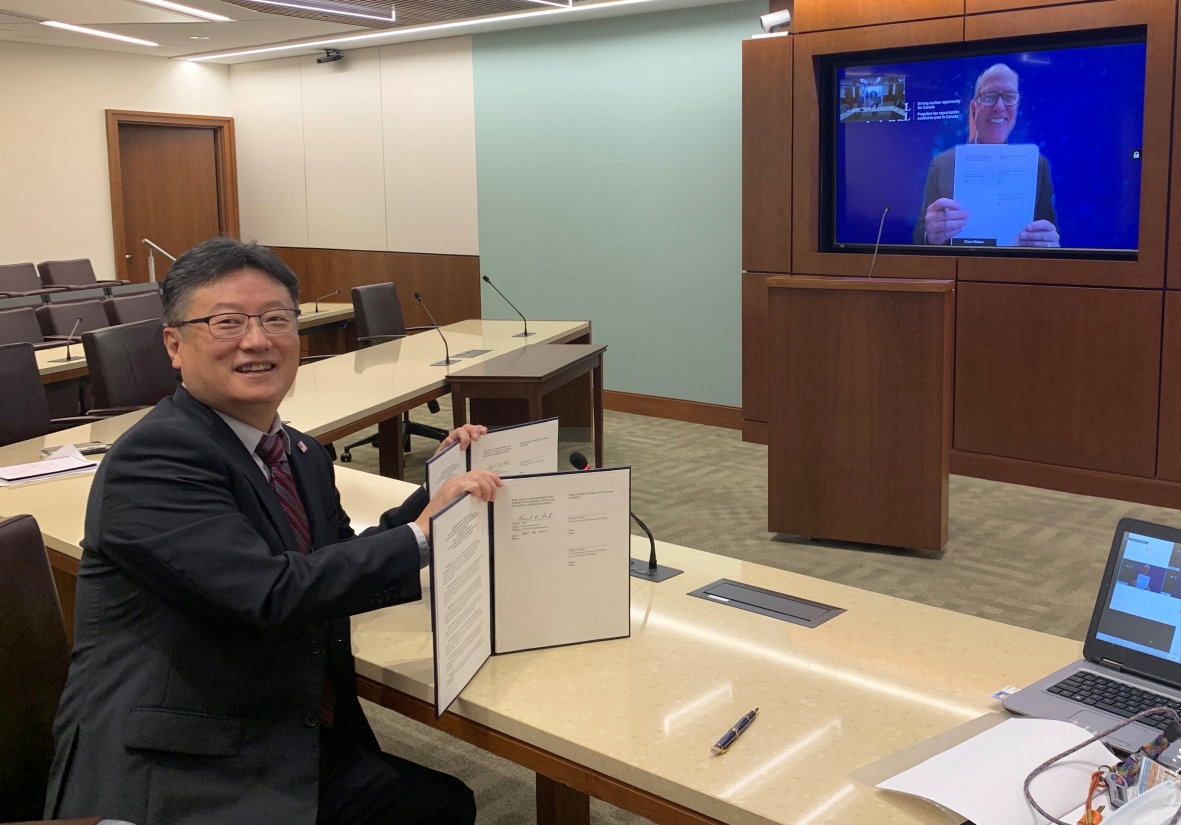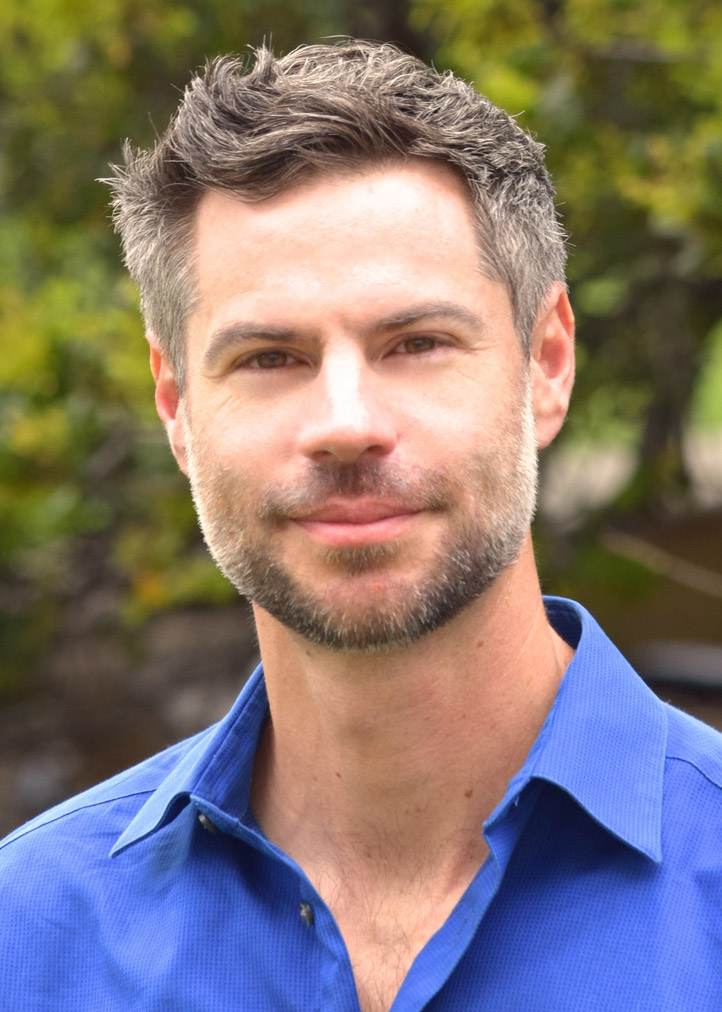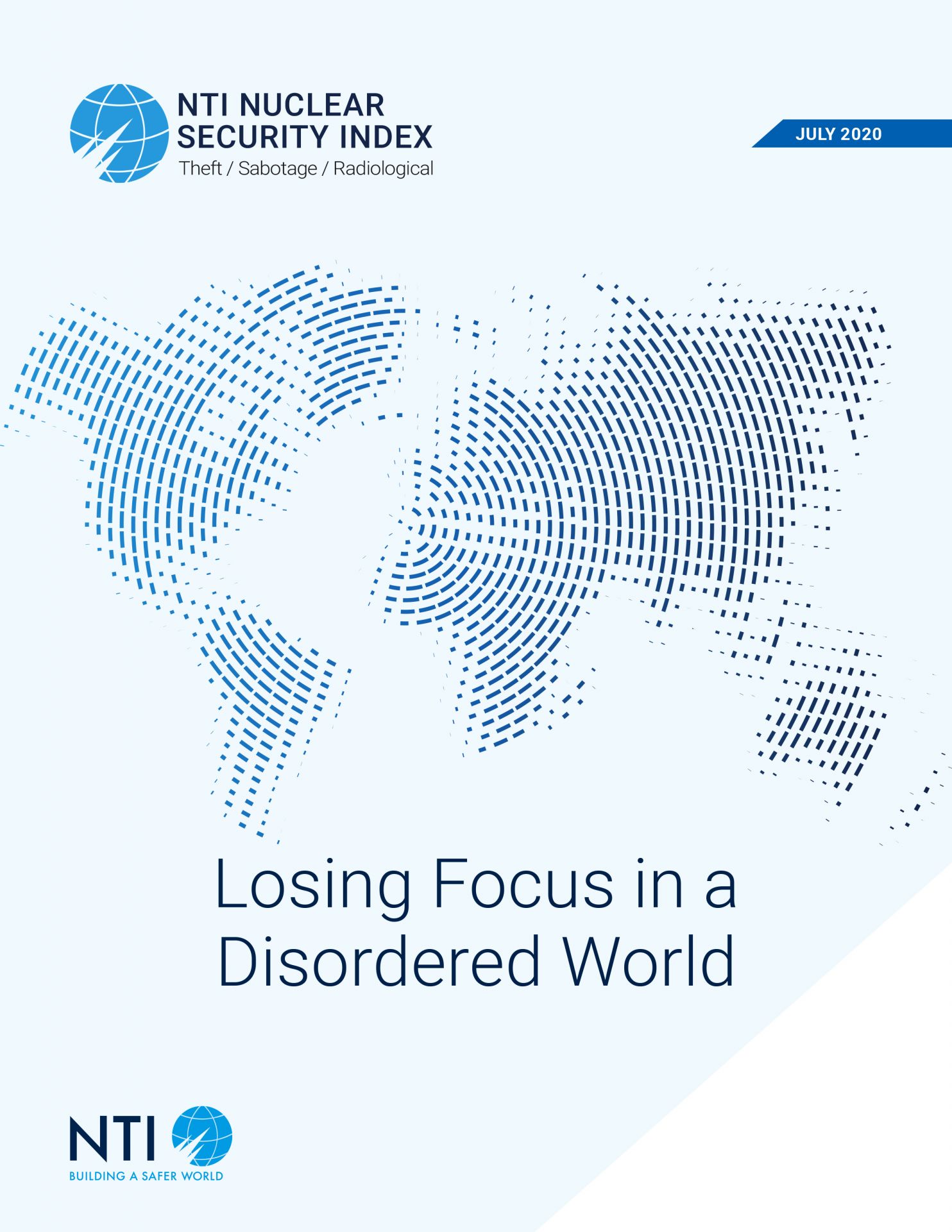ANS open letter to Science magazine challenging claims about HALEU
September 3, 2024
Dr. Holden Thorp
Editor-in-Chief, Science
Subject: Science magazine Policy Forum article “The weapons potential of high-assay low-enriched uranium” published June 2024
Dear Dr. Thorp:
The American Nuclear Society—a professional nuclear science and technology society representing more than 10,000 members worldwide—writes this open letter to address concerns regarding Science magazine’s June 2024 Policy Forum article, entitled “The weapons potential of high-assay low-enriched uranium” by R. Scott Kemp, Edwin S. Lyman, Mark R. Deinert, Richard L. Garwin, and Frank N. von Hippel.
The article describes the potential misuse of high-assay low-enriched uranium (HALEU)1. We acknowledge the importance of this discussion and the necessity of continually evaluating the proliferation risks associated with nuclear materials. However, after extensive technical review of the article by members and officers of the ANS Fuel Cycle and Waste Management Division and the ANS Nuclear Nonproliferation Policy Division, we remain unconvinced of the positions advocated by the authors.
ANS open letter scrutinizes hyperbolic unscientific claims about HALEU
Washington, D.C. — In an open letter to Science magazine, the American Nuclear Society (ANS), a professional nuclear science and technology society representing over 10,000 members worldwide, expressed its membership’s skepticism toward claims made in a recent article that advocated high-assay low-enriched uranium (HALEU) fuel should be reclassified by the United States and restricted from commercial use in powering advanced reactor designs. The ANS emphasized the importance of a balanced, science-based discussion, and scrutinized the unscientific and hyperbolic nature of the arguments presented in the article.
“We acknowledge the importance of this discussion and the necessity of continually evaluating the proliferation risks associated with nuclear materials,” wrote ANS President Lisa Marshall in the letter. “However, after extensive technical review of the article by members and officers of the ANS Fuel Cycle and Waste Management Division and the ANS Nuclear Nonproliferation Policy Division, we remain unconvinced of the positions advocated by the authors.”
University of Tokyo technical experts practice procedures for HEU packaging at the Yayoi Research Reactor, with help from Savannah River personnel. (Photo: University of Tokyo)
President Joe Biden and Prime Minister Fumio Kishida of Japan have announced the successful removal of more than 30 kilograms of high-enriched uranium from three Japanese sites to the United States. The news came in a May 23 statement from the Department of Energy’s National Nuclear Security Administration.
Aerial view of the High Flux Isotope Reactor. (Photo: ORNL)
The nonproliferation-related monitoring of nuclear reactor operations received a boost from a new study focusing on the use of seismic and acoustic data for such purposes, ScienceDaily reported last week. The study, conducted by investigators at Oak Ridge National Laboratory, was published March 9 in the journal Seismological Research Letters.
The cover of the May 1977 issue of Nuclear News (left), an image of the story discussing Carter's decision to cancel the breeder reactor program (center) and the cover of the June 1977 Nuclear News (right).
The ANS Fuel Cycle and Waste Management Division will present a webinar today at noon EST (the recording will be available via the webinar archive to all ANS members) featuring an international panel of experts on nuclear waste reprocessing. The panel will explore the idea of separating certain radionuclides from waste using recycling technology that enables pure materials to be used for other purposes.
ORNL’s Benjamin Manard places a swipe on the extraction stage of Advion’s Plate Express, a microextraction tool that has been paired with a mass spectrometer. (Photo: Carlos Jones/ORNL, DOE)
International nuclear safeguards verification relies on a precise count of isotope particles collected on swipes during International Atomic Energy Agency inspections of nuclear facilities and isolated through a series of lengthy chemical separations that can take about 30 days to complete. On October 15, Oak Ridge National Laboratory—a member of the IAEA’s Network of Analytical Laboratories (NWAL)—announced that analytical chemists at the site have developed a faster way to measure isotopic ratios of uranium and plutonium collected on swipes, which could help IAEA analysts detect the presence of undeclared nuclear activities or material.
Statement from American Nuclear Society President Mary Lou Dunzik-Gougar and CEO Craig Piercy
ANS remembers the life of George P. Shultz and mourns his passing. A nonproliferation hero and renowned statesman, Shultz leaves behind a legacy that will continue to inspire for generations to come.
As U.S. Secretary of State, Shultz was paramount in achieving a peaceful end to the Cold War and shepherding landmark arms control agreements with the Soviet Union, including the Intermediate Range Nuclear Forces Treaty of 1987.
IAEA Director General Grossi presented concerns to the agency’s board about Iran’s implementation of its nuclear-related commitments to the Joint Comprehensive Plan of Action.
Rafael Mariano Grossi, the International Atomic Energy Agency’s director general, called on Iran on March 9 to cooperate immediately and fully with the IAEA and to provide prompt access to locations that it has refused to let agency inspectors visit. “The agency has identified a number of questions related to possible undeclared nuclear material and nuclear-related activities at three locations that have not been declared by Iran,” Grossi said in his first address to the IAEA’s Board of Governors since being named director general in December.


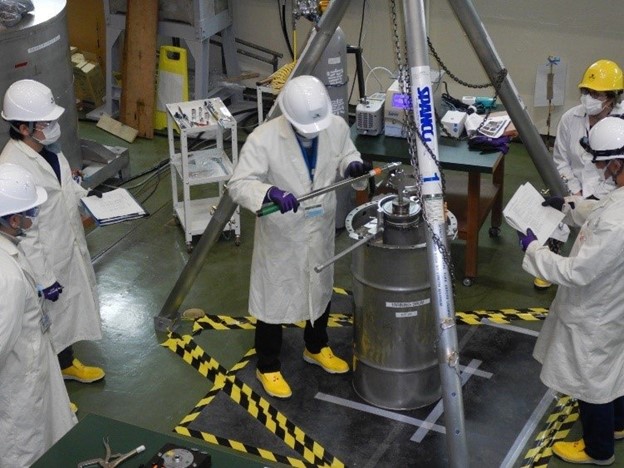
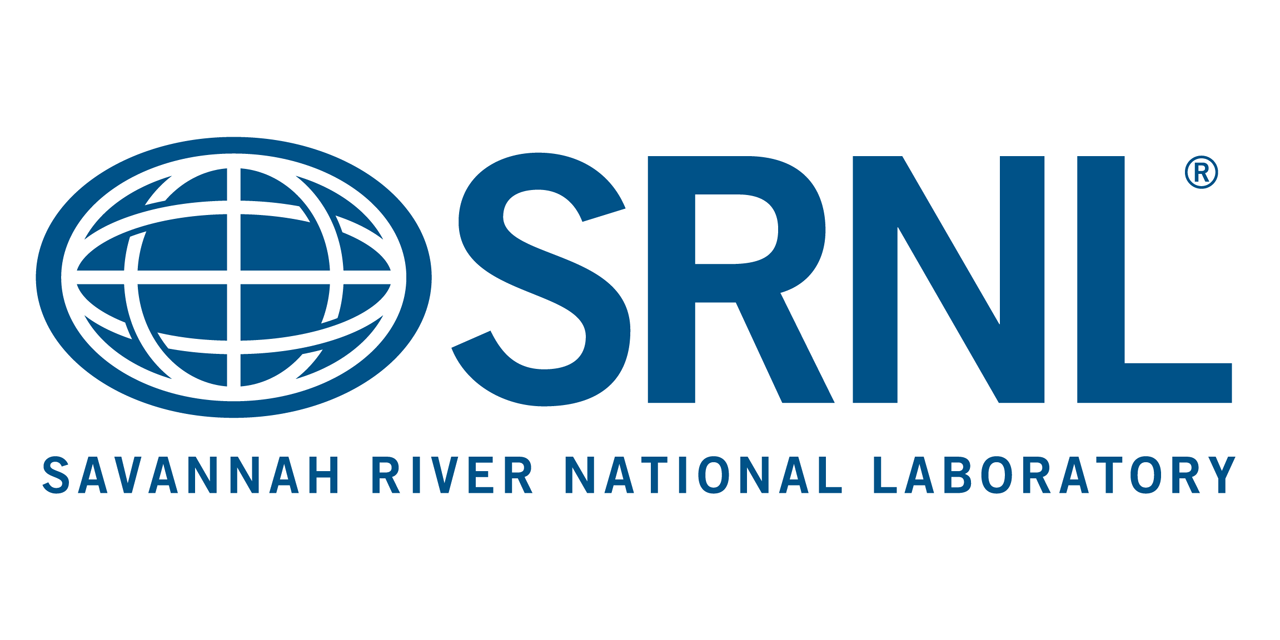
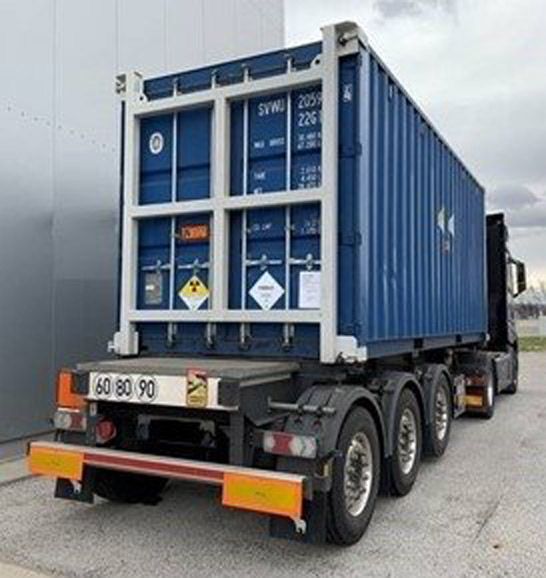
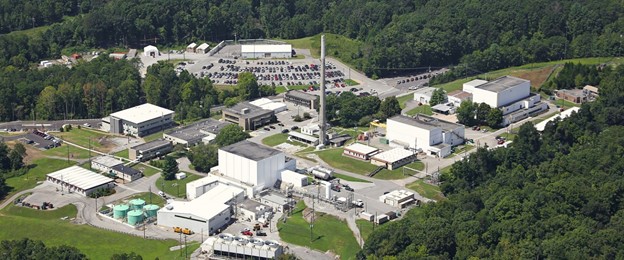
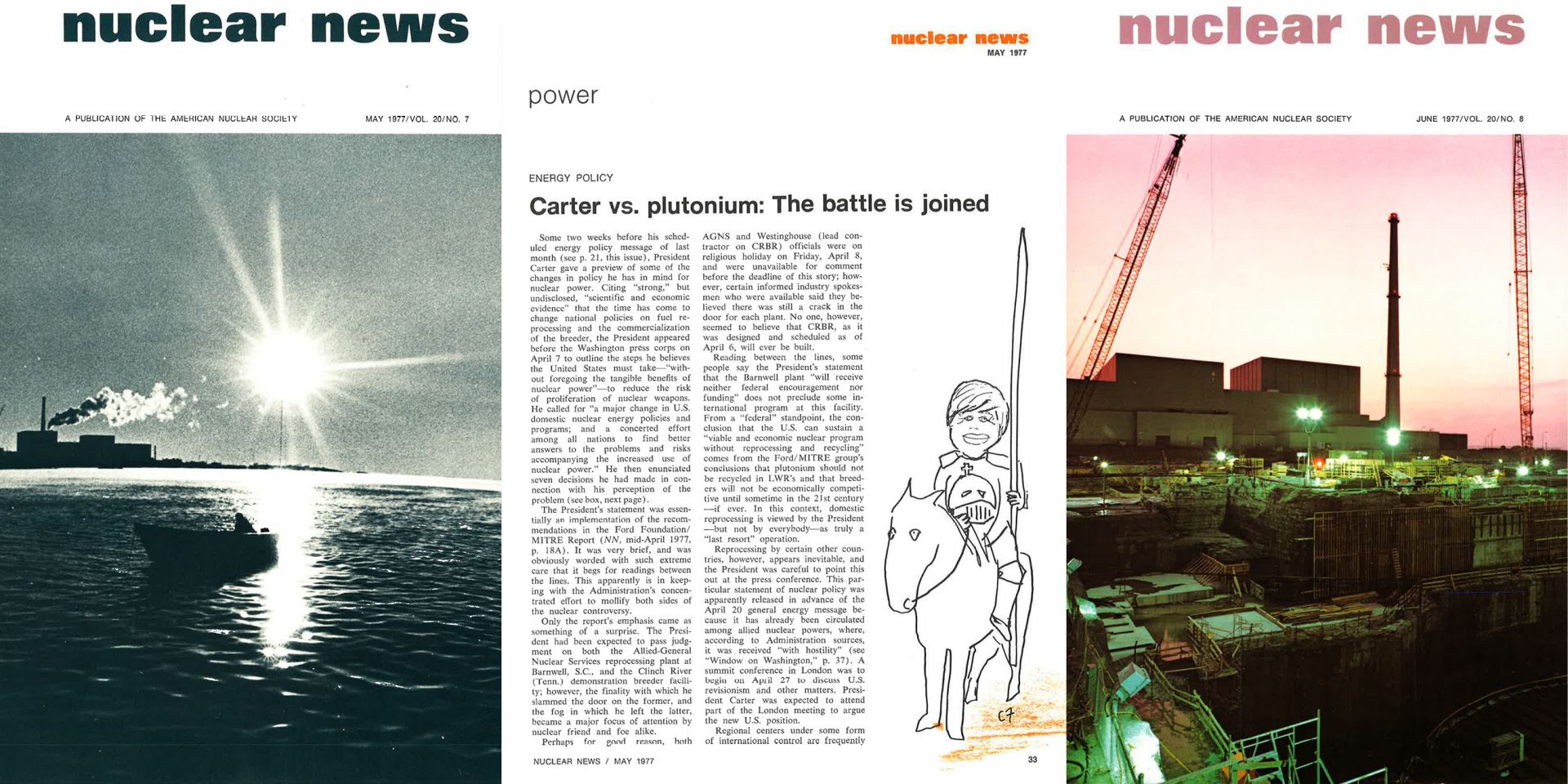
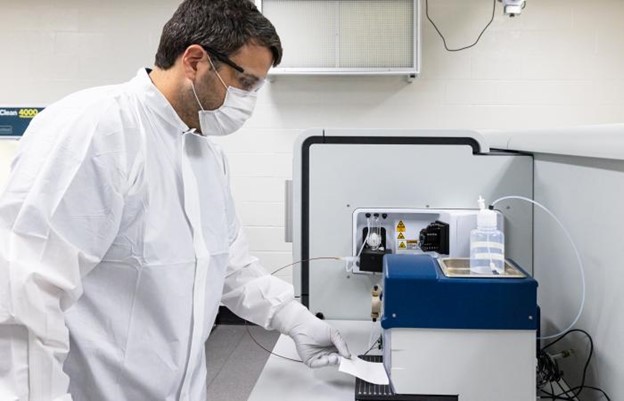
 The Nuclear Threat Initiative (NTI) and the Center for Advanced Defense Studies (C4ADS) last week released
The Nuclear Threat Initiative (NTI) and the Center for Advanced Defense Studies (C4ADS) last week released 